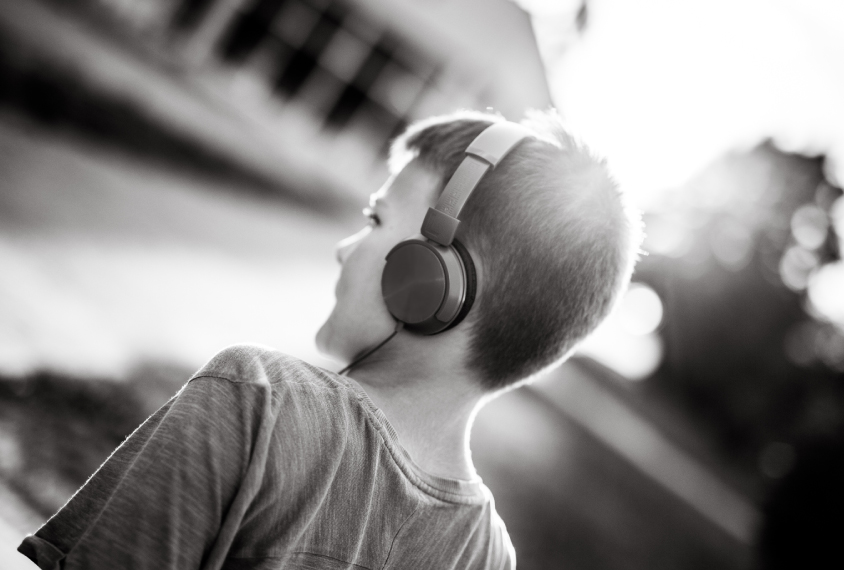
Motor, sensory traits refine autism definition in research framework
Adding motor and sensory data boosts the accuracy of Research Domain Criteria — a broad research framework adopted by the U.S. National Institute of Mental Health — for predicting autism.
Adding motor and sensory data boosts the accuracy of Research Domain Criteria (RDoC) — a broad research approach adopted by the U.S. National Institute of Mental Health (NIMH) — for predicting autism.
Researchers presented the unpublished findings Monday at the 2018 Society for Neuroscience annual meeting in San Diego, California.
RDoC defines mental-health conditions using broad classes of functioning, such as cognitive and social processing, rather than traditional behavioral diagnoses. The goal is to give mental-health research biological grounding.
But the approach needs revising, says Laura Harrison, a postdoctoral fellow in Lisa Aziz-Zadeh’s lab at the University of Southern California in Los Angeles who presented the results. “What’s really notable right now is that the RDoC doesn’t include motor and sensory data,” she says.
Mounting evidence supports the idea that motor and sensory differences are notable features of conditions such as autism and schizophrenia. Including these domains in the RDoC framework may improve its utility, Harrison says.
The researchers collected a large bank of data from 17 children with autism and 21 controls, with an average age of 11. They included seven measures that align with traditional RDoC domains, including anxiety, attention and social cognition.
They also collected data on sensitivity to stimuli, such as certain sounds, via a parent survey. To gauge motor skills, the researchers combined a parent survey with a task that requires children to imitate a series of poses.
Children in the autism group diverge from controls on several RDoC measures, including those that assess symptoms of attention deficit hyperactivity disorder and anxiety, the researchers found. They also show more sensory sensitivity and motor impairment than controls across almost all the variables measured.
Predictive power:
The researchers fed the children’s RDoC, sensory and motor data into a machine-learning algorithm to see which data predict their autism diagnoses with the most accuracy.
The RDoC data alone classify the children with 90 percent accuracy, whereas predictions based on the sensory or motor data alone are less accurate.
When the researchers combined the sensory, motor and RDoC data, the model’s predictive power jumped to 97.5 percent.
“What’s really interesting is even though there were not many measures included, the sensory and motor did really well,” Harrison says.
Grouping just the motor and RDoC data also results in an accuracy of 97.5 percent, indicating that adding the motor variables may be sufficient to characterize autism.
Harrison plans to test whether including data from children with dyspraxia, a condition that affects motor coordination, can distinguish dyspraxia from autism.
For more reports from the 2018 Society for Neuroscience annual meeting, please click here.
Recommended reading

New organoid atlas unveils four neurodevelopmental signatures

Glutamate receptors, mRNA transcripts and SYNGAP1; and more

Among brain changes studied in autism, spotlight shifts to subcortex
Explore more from The Transmitter
Can neuroscientists decode memories solely from a map of synaptic connections?

AI-assisted coding: 10 simple rules to maintain scientific rigor
